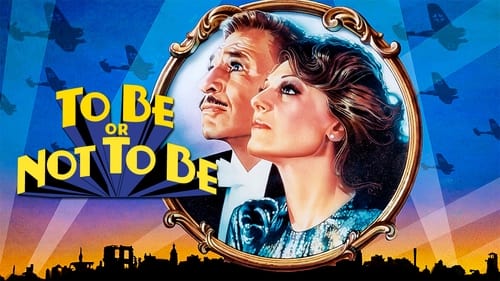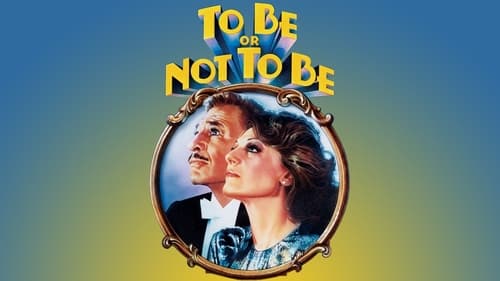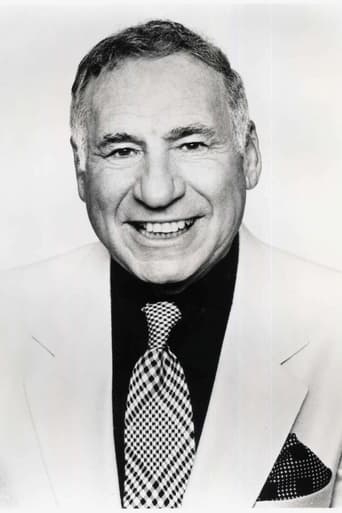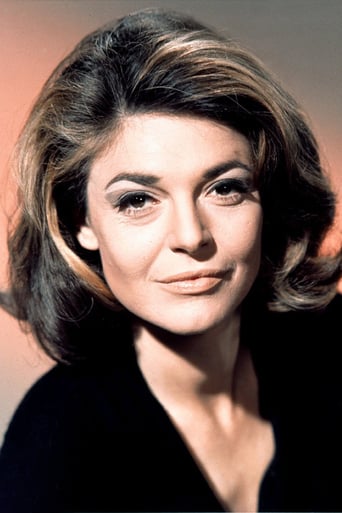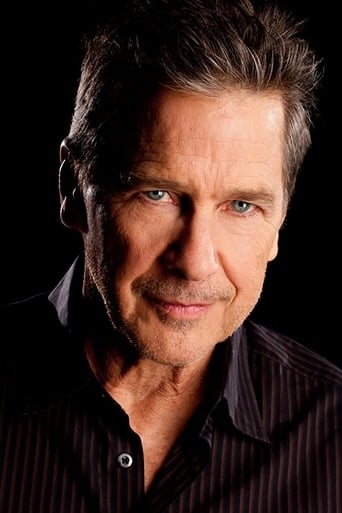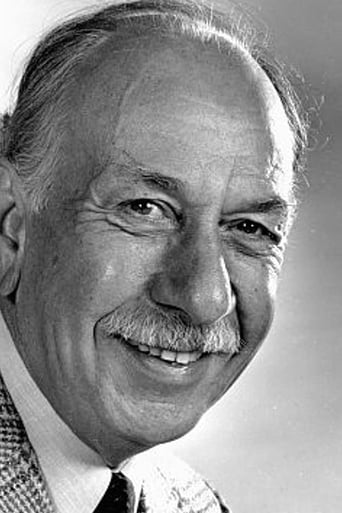MamaGravity
good back-story, and good acting
Sexyloutak
Absolutely the worst movie.
Voxitype
Good films always raise compelling questions, whether the format is fiction or documentary fact.
InformationRap
This is one of the few movies I've ever seen where the whole audience broke into spontaneous, loud applause a third of the way in.
mike48128
A "9" because I am a Mel Brooks fan. The same basic story and script as the 1942 classic, but not a scene-for-scene remake, as reported by several others. Mel Brooks and Ann Bancroft reprise the roles made famous by Jack Benny and Carole Lombard. Mel Brooks plays a "Ham" of a Jewish Polish actor just barely making a living in a little theater in Poland. ("He is doing to the theater what Hitler is doing to Poland.") His wife is even more famous than him. Several good performances by many supporting actors, most notably Christopher Lloyd as "Schultz",and his commanding officer, the bumbling Col. Erhardt (Charles Durning). Based almost entirely on the comic devise of mistaken identity, Mel gets to play the three performances of his "Polish career", as a turncoat Nazi spy, Col. Erhardt, and even Adolf Hitler! There are two cute song and dance numbers, including "Sweet Georgia Brown" in Polish! In the end, the spy is shot by Ann Bancroft's "lover", and everyone flies off to England in Hitler's airplane. Several script changes from the 1942 original include: Col. Erhardt does not shoot himself, and "Hitler" (Mel Brooks) does not parachute into Scotland. Also missing here is "Hitler" (in the Jack Benny version) ordering the Nazis to jump out of the airplane without parachutes, as the plane is overweight. More plot exposition than the original, which makes it easier to follow, but not quite as funny. Be sure to see both versions to draw your own conclusions. There is a one-line "gag" with a stagehand named "Sondheim" (Ronny Graham) just so Mel can use the line "Send in the Clowns" in the movie! I love both versions of this film.
rowmorg
This is a very funny movie, we had heartfelt laughs throughout. It's just great to see the Nazis sent up in style. If only Hollywood could manage it about the US Nazis of today! Yes, Anne Bancroft is a brilliant actress (and, of course, she has no breasts). She and Mel Brooks carry this picture off superbly and the whole production has such brio and good cheer that you can only give it an eight for sheer entertainment. I don't care who made an earlier picture (even if it's Ernst Lubitsch and Jack Benny in 1942) this is an original, and is definitely collectible (if the DVD ever comes out). We have been watching Euro art movies that paralyse you to the fingertips with boredom, and this picture lights up your life and gives you a kick in the pants like few others do. To hell with Euro art movies about bondage and lesbianism, let Mel Brooks reign supreme!
ShootingShark
Frederick and Anna Bronski are husband-and-wife actors running a theatre company in Warsaw in 1939 when Germany invades Poland. By chance, they discover that visiting Professor Siletski is a Nazi agent with a crucial report on the resistance, and resolve to use all their acting skills to stop him getting those names to the High Command.This remake of the 1942 Ernst Lubitsch comedy classic is very faithful to its predecessor but is a hugely entertaining picture in its own right. What I like about it most is its terrific cast - Brooks and Bancroft seem almost made for these roles and both are sensational, as are the whole Bronski troupe. Matheson and Ferrer are suitably suave and slimy, but the real stars for me are Durning and Lloyd as Colonel Erhardt and his adjutant Schultz - you can basically never go wrong with a short fat man and a tall thin man as a comedy duo, but these two are hilariously mismatched. The scene where Bronski, disguised as Siletski, delivers his report to Erhardt and the two Nazis scream at each other is a masterpiece of comic bungling. This film's chief addition is Sasha, the gay dresser character, who would never have gotten past the Hays Code, but exemplifies the many moments where Brooks cleverly sprinkles the comedy with sharp reminders of the horrors it's lampooning. It also has much more of a musical element courtesy of a terrific score by John Morris and some funny numbers (who else but Brooks would open with Sweet Georgia Brown in Polish ?). There aren't many straight remakes I'm especially fond of, but this is a definite exception; it's funny, beautifully made, re-tells a great story and is a terrific showcase for the comic talents of its ensemble. Produced by Brooks, and deftly scripted by Thomas Meehan and Ronny Graham (the latter of whom plays Sondheim, the very loud stage manager).
winner55
To begin with, it is unfair to compare this to the Lubitsch classic for any number of reasons. First, of course, is that for Lubitsch and his audience, the Second World War was a living issue: Jack Benny threw himself into the Bronski role with such energy because he was of Polish-Jewish family, and had some idea what Nazsm meant for any relatives he might have had in Poland at the time. Although Brooks is also Jewish, the immediate threat Benny and Lubitsch recognized is for Brooks a thing of the past. Nor dare he overplay that hand; for Lubitsch, the full horror of the Holocaust had yet to be discovered; Brooks and his director have to play against our knowledge of it in a way that avoids raising any thoughts of atrocities involved.Also, due to Hollywood censorship issues of the time, that the marriage between the Bronskis is failing because Anna is a nymphomaniac had to be carefully encoded in the dialog of the Lubitsch film, so that only sophisticated adults could understand the full implications of what was being said; even so, the script actually pushes the envelope quite a bit. By the time the Brooks version was made, there was no longer any envelop to push. While this means Brooks and Bancroft can get more explicit about their marital issues, it also means a loss of sophistication.Finally, there is the very look of the film. Director Johnson has avoided any reference to "the Lubitsch touch" which included a certain sparkle to the lighting as well as hip-to-head two-shots intercut with close-ups, and a sweeping, yet highly detailed, set-design. Johnson has gone for a "classical" feel to his movie, but his visual references - lighting, color, composition - are to the 1950s, which quietly emphasizes the sexual farce element of the film, since the '50s were the era of the particularly American sexual farce - Some Like It Hot, The 7 year Itch, Pajama Game, etc.And as an inheritor of the 1950s comedy style, I think this film works pretty well. The characterizations are lively (this is really Brooks at his best) the timing is solid and the pace swift, inconsistencies rapidly vanish and are easily forgiven, the dialog remains amusing and is not fixated by topical references. And there's an undeniable chemistry between Brooks and Bancroft, as well as an ensemble feel to the film as a whole.Taken in its own right, its no classic - but it's a pretty funny movie.


